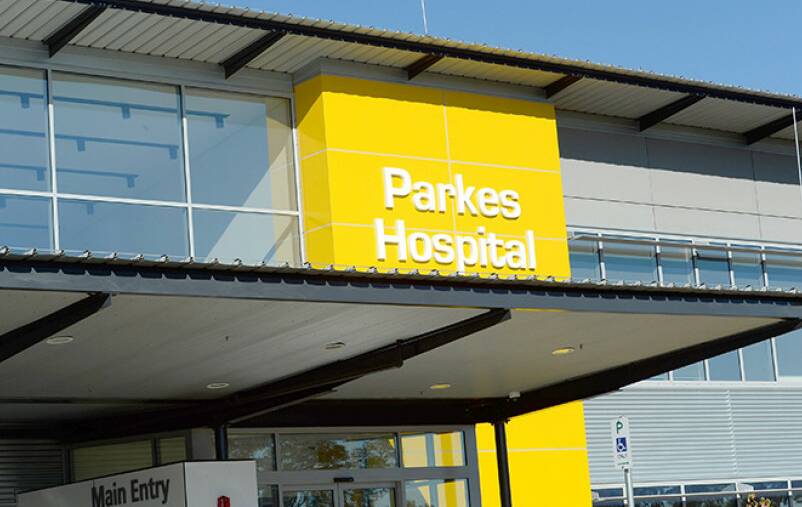
AS Parkes awaits for a birthing service to return to the Parkes Hospital, in the meantime the facility's palliative care ward is about to receive a face lift.
Subscribe now for unlimited access.
$0/
(min cost $0)
or signup to continue reading
Parkes and Orange hospitals have received a $245,000 grant from the state government, with Parkes' share of the money to be spent by the next financial year and Orange's by June.
Western NSW Local Health District palliative care strategic manager Christine Symington said there were many choices in palliative care options.
"Certainly we have a percentage of patients who die at home, there's a proportion who die in residential aged care facilities and there is a percentage who die in hospital," she said.
For the patients who needed or chose to be in hospital, the funding will be used to create a larger and more private space for palliative care patients and their families.
Improvements are also planned for a courtyard area near the inpatient unit.
"We want to make people feel like it's a more comfortable and less clinical environment," Ms Symington said.
The Aboriginal health worker in palliative care will work with the local health service team to create culturally appropriate and comfortable spaces.
Western NSW Local Health District Chief Executive Mr Scott McLachlan said in a statement the refurbishments will help bring comfort to people at the end of life.
"For many people, our hospitals are the best possible place to be cared for in their last days of life, so it's important we provide comfortable and private spaces and facilities for both patients and their families," he said.
"Providing good palliative care is a priority for us, and we are working with partner organisations to develop services both in the community and in our hospitals."
A total of 34 palliative care facilities will be refurbished during the next two years, costing $10 million.
In Orange, the funding would cover specialist mobile chairs to help palliative care patients move outside their bedroom area more comfortably.
It will also be used to create more home-like communal areas in the hospital where patients and their families spend time together.
ALSO MAKING NEWS:

